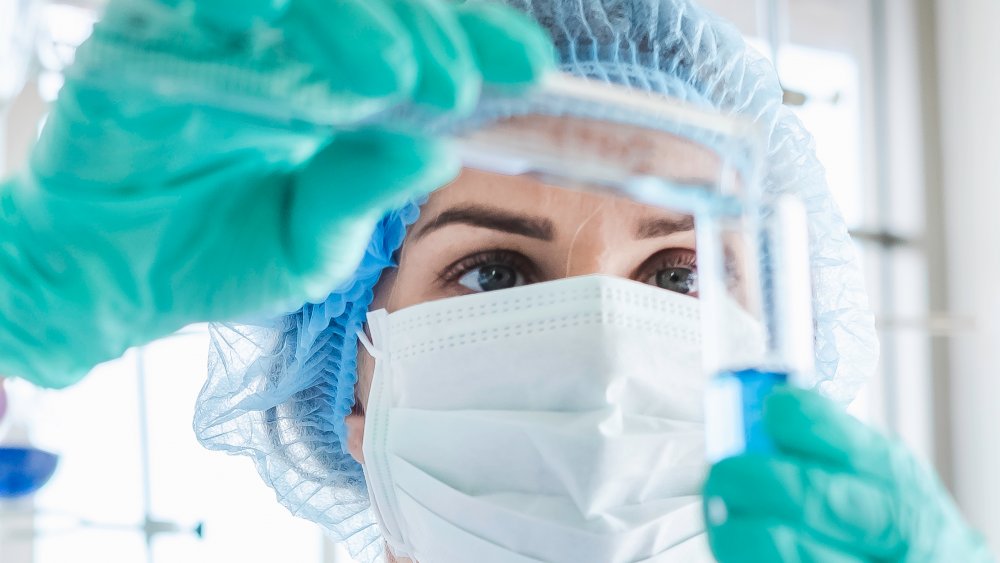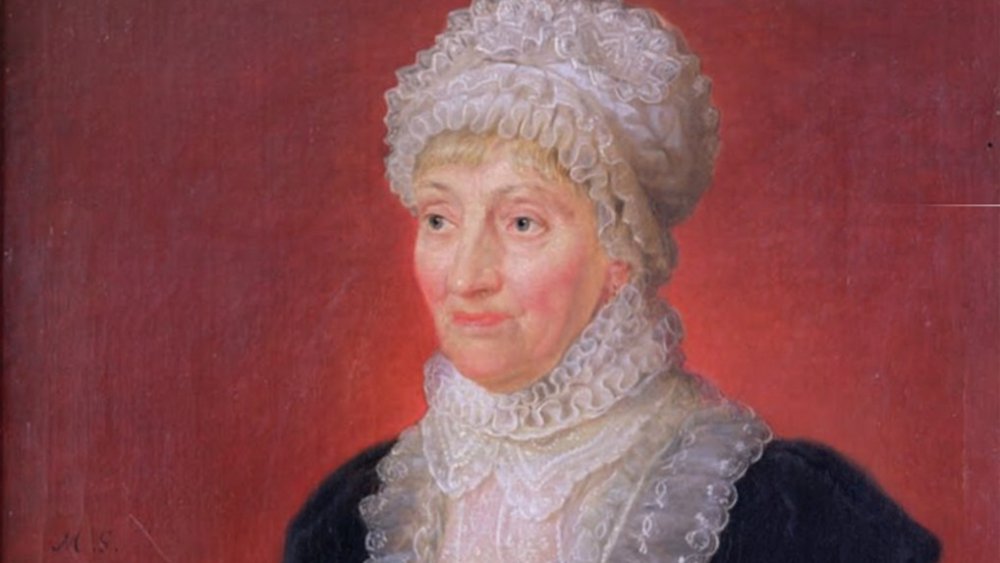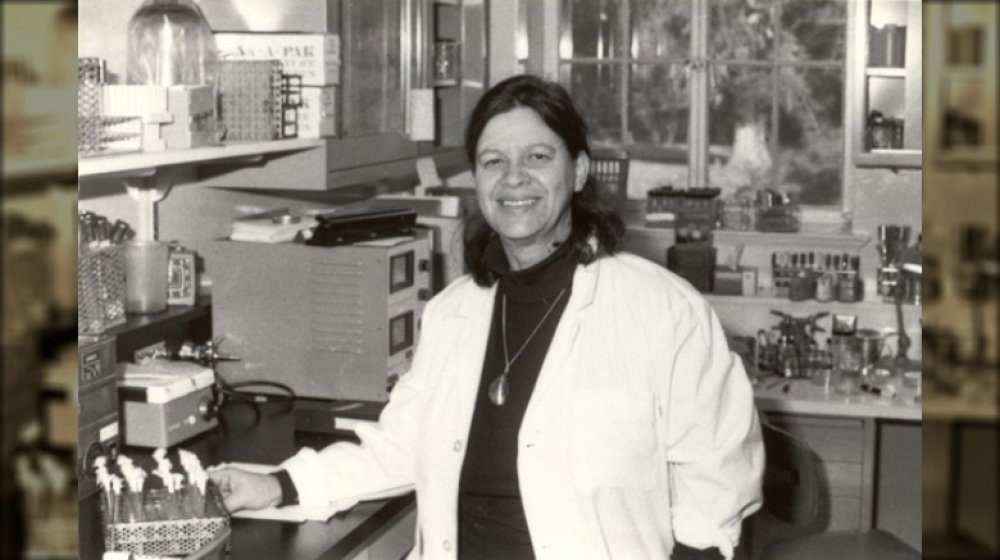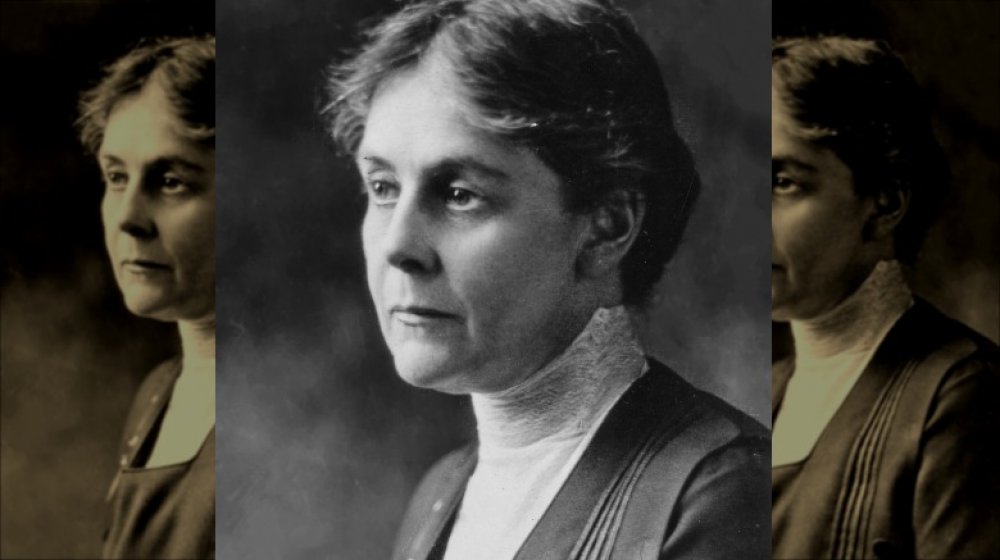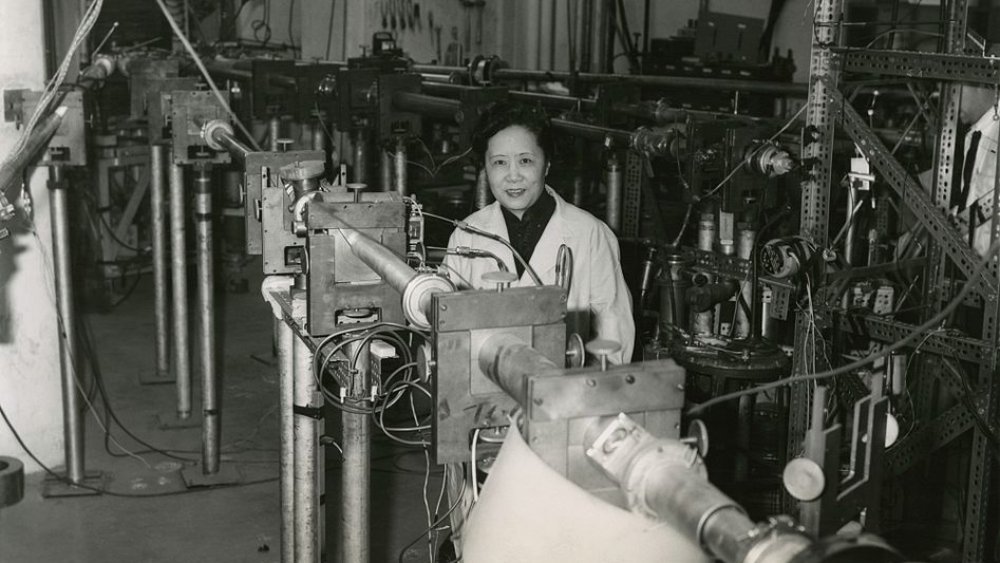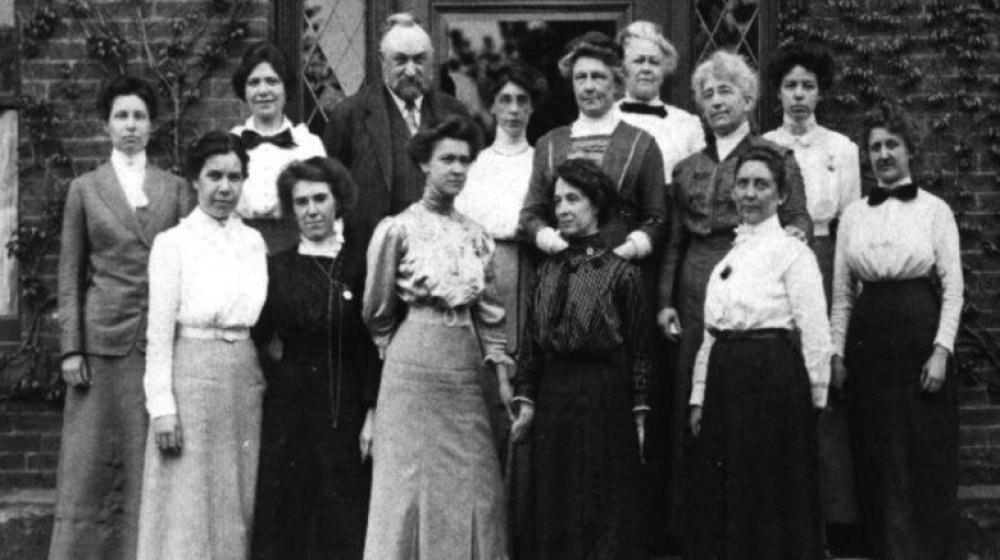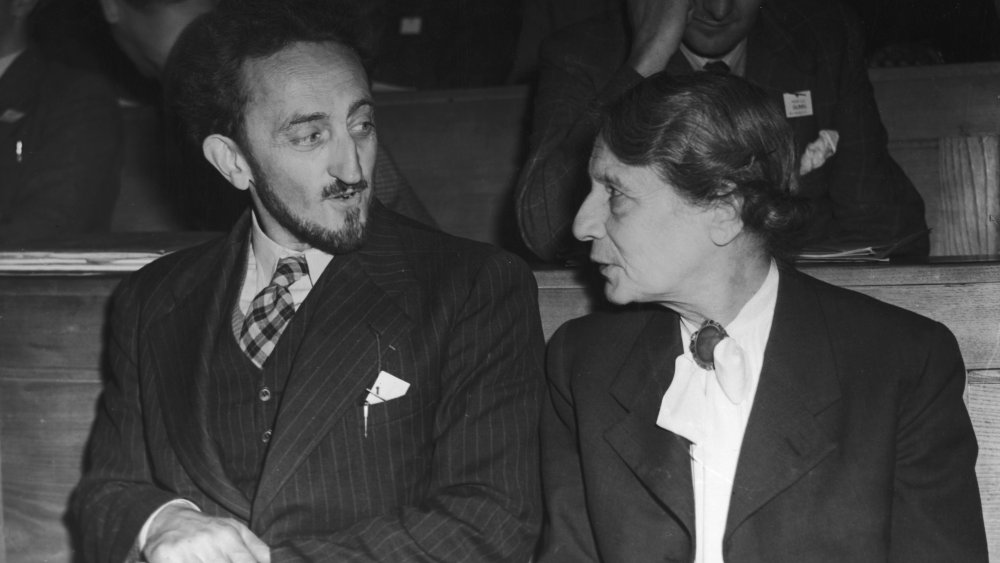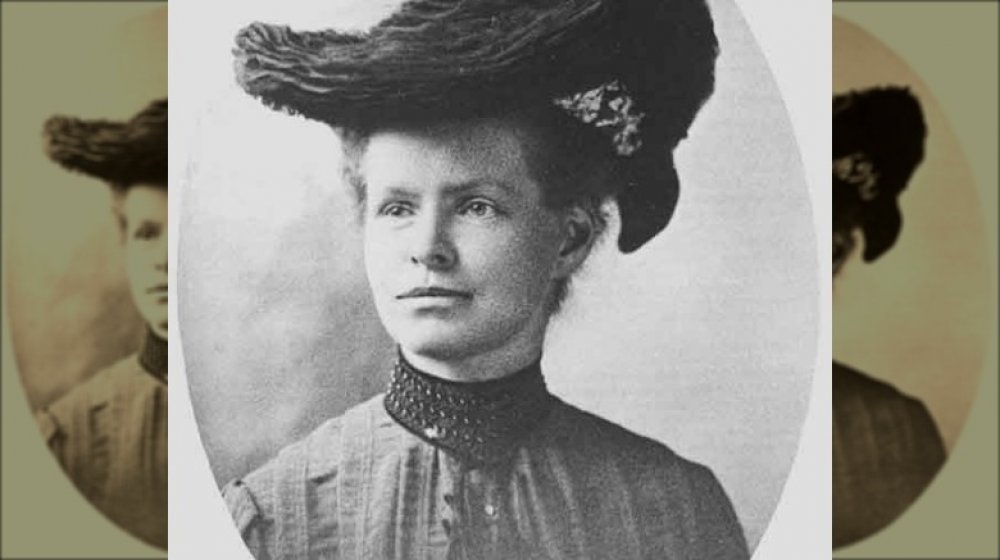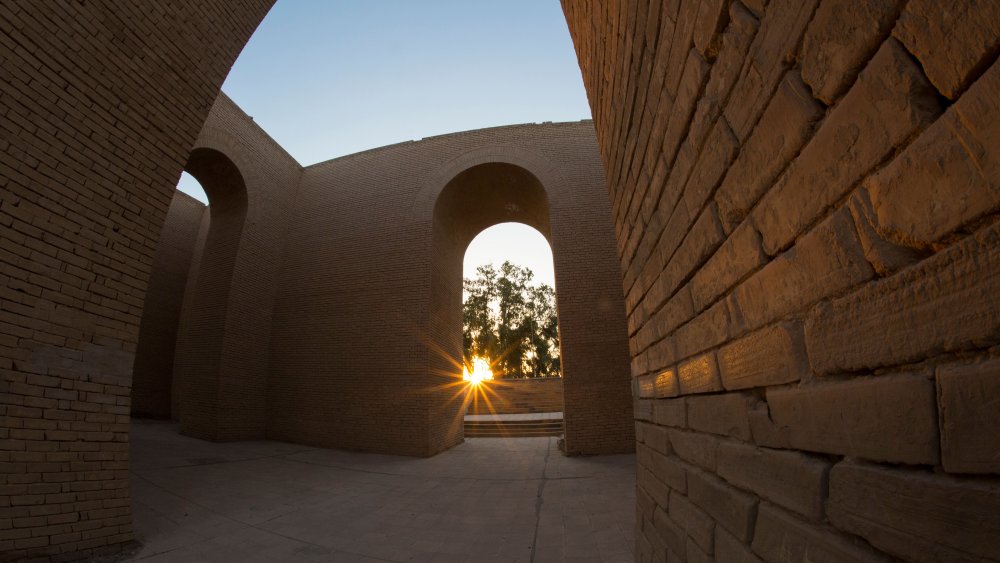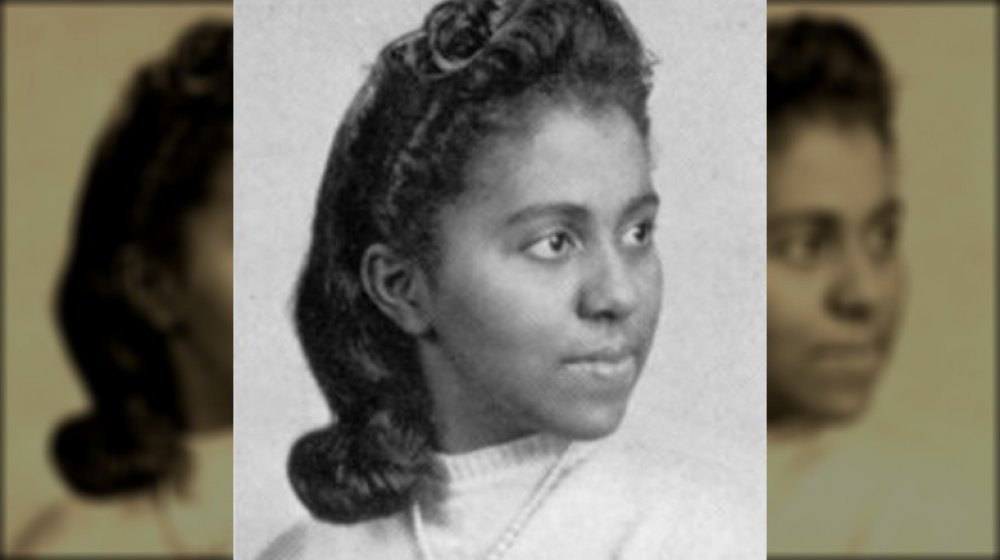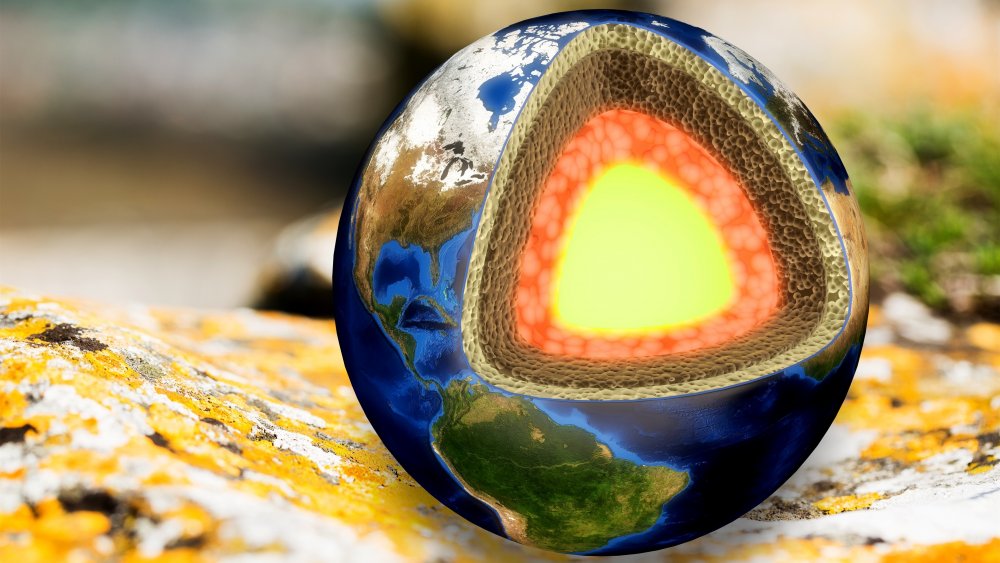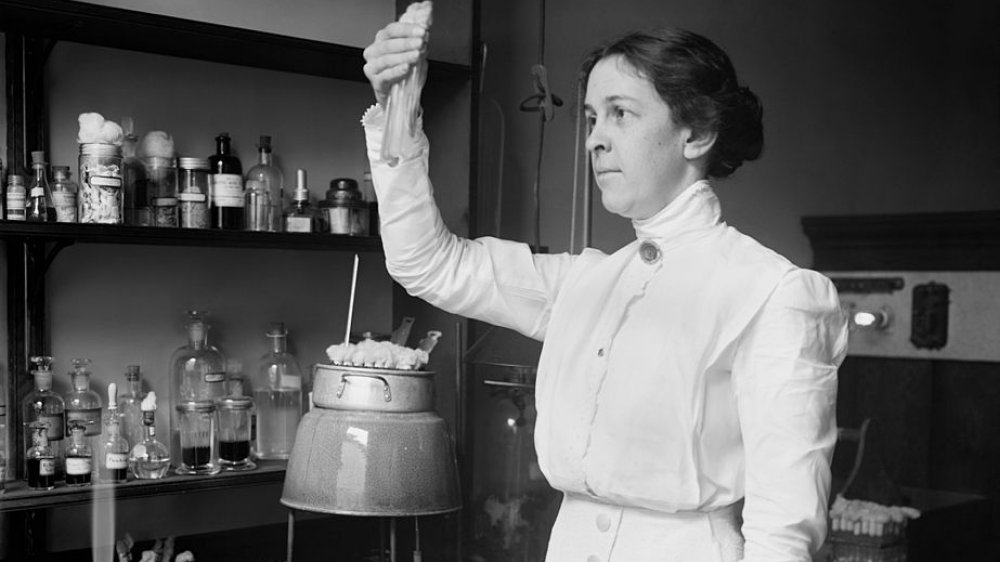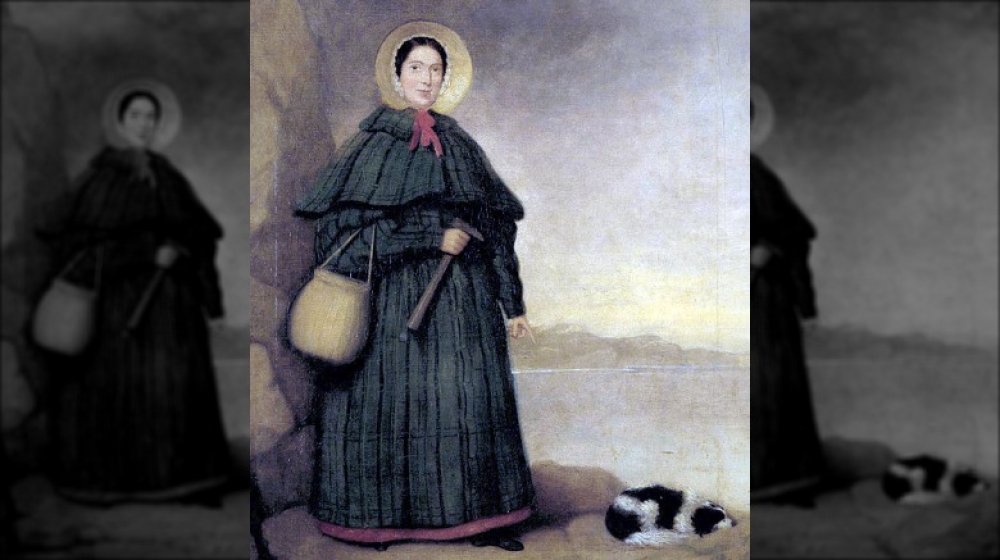The Most Underappreciated Women In Science History
Isaac Newton. Albert Einstein. Charles Darwin. Thomas Edison. The most famous scientists in history seem to have one thing in common: they're all men. Even hopping into the way-back machine there's guys like Galileo Galilei and Copernicus, and things haven't seemed to change a whole lot in the modern era. Now, it's guys like Stephen Hawking and even Nikola Tesla — who's achieved an almost cult-like following — who come to mind first.
But, the old saying goes, behind every great man is a great woman. That's been the case throughout history, and digging through the archives of great scientific discoveries proves that there were, indeed, a lot of great women playing invaluable roles in some of the breakthroughs that changed the world. Were they recognized? Not usually. Many of them fell through the cracks of history, not recognized for their achievements, contributions, or their brilliance. It's time to change that, for at least some.
Caroline Herschel: A discoverer of comets
The Max Planck Institute calls her one of the female pioneers of science, even though it's quite possible most people only know her brother's name. William Herschel was, of course, the man who discovered a literal catalog of stars, clusters, and many, many moons, along with, most famously, the dubiously-named Uranus. He also overshadowed the achievements of his sister.
Caroline Herschel's mother wanted her to serve as sort of a housemaid for the rest of the family in Germany, and her early training was as a singer. But she wasn't about to settle for that, and when she was 22-years-old she joined her brother in England. Her contributions were so invaluable that when he was offered a position as the official astronomer of the court, she, too, was given an appointment and a regular salary. And that? That makes her history's first paid female astronomer.
So, what did she actually do? After joining William in 1772, she did much more than just record discoveries — although she did that, too. She contributed to the building of bigger and better telescopes, spending hours grinding and perfecting massive lenses. She discovered eight comets, fourteen nebulae, and cataloged 561 stars. When she was 96, she was awarded the gold medal of the Prussian Academy of Sciences. Goals? Those are goals.
Esther Lederberg: Furthering our understanding of microorganisms
When Esther Lederberg passed away in 2006, the husband she left behind decided to make sure the world knew about her contributions to science, and started the Esther M. Zimmer Lederberg Memorial Website. It was something she didn't bother with in her lifetime, because, her widower told Time, "Her attitude was, 'Forget it, I'll be forgotten anyway.'"
No, no you won't.
Born in 1922, Esther Zimmer studied biochemistry at a time when she was told it was "too difficult for women," her widower says. Undeterred, she got her master's from Stanford and a PhD from the University of Wisconsin, where she and her first husband, Joshua Lederberg, conducted their early research. That research disproved the theory that bacteria make identical copies of themselves when they multiply, and instead proved that reproducing bacteria mix genetic material to produce new organisms, kind of like people do. She discovered a new virus — the lambda phage — and that laid the groundwork for future research into DNA and genetics. She also helped pioneer lab techniques that have become instrumental in furthering the science of genetic engineering, and when it came time for recognition ... well, she didn't quite get it. It was her husband and two research partners who were awarded the Nobel Prize for the work in 1958, while she watched. The marriage ended in 1966, and it wasn't until her second husband began crusading for her recognition that she finally began to get the credit she deserves.
Alice Hamilton: Making the world a safer place to work
Alice Hamilton was born in 1869 into a well-to-do family, deciding as a teenager that she would become a doctor. It wasn't necessarily just because of an interest in medicine, but instead, she wrote (via the ACS), "I chose medicine [because] I could go anywhere I pleased — to far-off lands or city slums — and be quite sure I could be of use anywhere."
After years of study, Hamilton eventually found herself working at Hull House, a Chicago settlement home designed to bring together people from all walks of life. While there, Hamilton began treating people suffering from the effects of poor working conditions and, in 1902, was on the front lines of a typhoid epidemic. Her investigative forays into the city eventually brought her to the conclusion that a broken water main was responsible for spreading disease, and she turned her attention fully to public health.
Hamilton became one of a handful of early experts in occupational medicine, and over the course of her career documented the impacts chemicals like lead, mercury, carbon disulfide, and hydrogen sulfide had on those who worked around them. Part medical researcher and part social reformer, she crusaded on two fronts: with the government, hoping to get them to enact legislation that would protect the worker (and she did), and with the factory owners themselves, to get them to change their ways and improve working conditions. She did that, too, saving countless lives.
Chien-Shiung Wu: Backbone of the Manhattan Project
Chien-Shiung Wu had a major advantage when it came to her schooling: her parents held the then-unpopular belief that girls deserved an education every bit as much as boys. They even founded the Mingde School for Girls, and she was one of their first students. It was a stepping stone to the National Central University of Nanking, and when she graduated in 1934, she knew she was going to have to head to the US to further her education.
She did — at a turbulent time. In 1944, a former professor invited her to join the project he was working on. The professor was Robert Oppenheimer, and it was, of course, the Manhattan Project. According to the Atomic Heritage Foundation her work was largely focused on radiation detection, and she was also part of the team that figured out how to split uranium into U-235 and U-238.
Wu went on to prove some of the basic laws behind beta decay, which is the process by which an atom changes from one element into another after emitting beta particles. She partnered with two other researchers — Tsung-Dao Lee and Chen-Ning Yang — and even though it was her experiments that gave them the proof they needed, they were given a Nobel Prize in 1954 and Wu was not. She would write (via Cosmos), "Although I did not do research just for the prize, it still hurts me a lot that my work was overlooked for certain reasons."
Williamina Fleming and the Harvard computers: Mapping the stars
Something important happened in the field of astronomy in 1881: Edward Charles Pickering, director of the Harvard Observatory, replaced his inept assistant with his maid, Williamina Fleming. He tasked her with overseeing the processing and cataloging of a huge amount of data collected from the skies, and she was so good at it that she was able to recruit her own group of female assistants. They, in turn, processed so much information they became known as the "Harvard computers" or, by less progressive thinkers, "Pickering's Harem."
Pickering was one of the first astronomers to rely heavily on photographs for his research, and was the driving force behind upgrading Harvard's Observatory to the latest and greatest equipment. That means there were a ton of photos that needed interpretation, and over the course of his career he employed around 80 women to reproduce photos, catalog them based on available data, and compare them to other photos. It was a huge deal, and it laid the groundwork for the development of future theories.
Some of the women became incredibly important to the research: Fleming was named Curator of Astronomical Photos, and worked with Pickering to use temperature to develop a system of star classification. Another "computer," Annie Jump Cannon, maximized the efficiency of that system. Her system is still the International Astronomical Union's official method of classifying stars, but as the Smithsonian notes, it's not named after her at all, it's named after Harvard.
Lise Meitner: Proving nuclear fission was possible
Lise Meitner was born in 1878, got her doctorate from the University of Vienna in 1906, and in 1939, she submitted a paper to the journal Nature and described the principles of a problem that had scientists stumped for years: how to split an atom. She even named the process, calling it fission.
It's an insanely complicated process, but the gist of the story is that Meitner not only developed the theory of nuclear fission, but did it by proving that all the theories before hers were wrong. As The Conversation notes, she should have won a Nobel Prize for her work. There were a few "problems," though — she was female, and she was a Jewish exile.
Meitner's research partner was the chemist Otto Hahn, and he verified that her theory was correct. They worked together at Berlin's Kaiser Wilhelm Institute, but when the Nazis rose to power, Meitner headed to Stockholm. They kept in touch, finished their work, and when Hahn published their findings, he took sole credit for the entire thing. Hilariously, when he was asked to further explain the findings, he couldn't do it. Meitner, on the other hand, wrote to Nature explaining the entire thing, and Hahn? He got the Nobel Prize. Meitner, at least, got in an epic burn.
Nettie Stevens: Explaining birds, bees, boys, and girls
It's incredible to think how it's only recently that science has been able to unlock the mysteries of life on a cellular level. For centuries, people put forward all kinds of theories about why babies were born either male or female, and Vox says some were pretty nuts. All kinds of things were thought to influence gender, from nutrition to body temperature during conception. It wasn't until the early 1900s that Nettie Stevens discovered the truth.
Stevens was working on her PhD at Bryn Mawr when she became interested in how Gregor Mendel's ideas about chromosomes might apply to the age-old mystery of what made a baby either male or female. She began studying the mealworm, and noticed that while females had 20 large chromosomes, males had 19 large chromosomes and one small one.
Perhaps unsurprisingly, it was a male researcher named E.B. Wilson who was given credit for the discovery for a long time. Even though they came to the conclusion at about the same time, Wilson published first — but in the end, Stevens's theory proved to be the more correct one in its entirety. Sadly, her career was cut short — she passed away in 1912 after a diagnosis of breast cancer.
Tapputi-Belatekallim: A toast!
Tapputi-Belatekallim sounds like an ancient name, and it is. It's the name of a Babylonian chemist who lived some time around 1200 BC, and we know about her today because her work was recorded on cuneiform tablets. Tapputi (the second part of her name designates her as the head of her household) was the royal perfumer, and the way we think of perfume today makes that a touch misleading. In ancient Babylon, perfumes were used for medical and religious reasons, and overseeing the royal palace's perfumery was a huge responsibility.
More than that, it was highly scientific. Tapputi would have needed extensive knowledge in the field of chemistry, and fortunately, some of her work has been preserved. Archaeologists have found one of her recipes for preparing a salve for the king, and in it she makes reference to a piece of equipment still in widespread use today: the still. Hers is the oldest mention of a still, and she also talks about principles like extraction, sublimation, and the filtering of liquids.
There is also evidence of at least one more female chemist working in ancient Babylon, although all that remains of her name is "...ninu". Cosmos puts forward an interesting theory: noting the similarities between ancient kitchen equipment and ancient chemistry techniques, they suggest women were the original innovators because they were first familiar with the principles of cooking.
Marie Maynard Daly: Documenting the science of the human body
Just one year after getting her bachelor's in chemistry from Queens College, Marie Maynard Daly earned her master's degree from New York University. After a brief break (during which she tutored other chemistry students), she enrolled in Columbia, and got her doctoral degree three years later, in 1947. That made her the first black woman to earn a doctoral degree in chemistry, and she put it to seriously incredible use.
According to the Science History Institute, Daly's work focused on the chemistry of the human body. In addition to studying the way in which a cell produces and uses proteins, she also did groundbreaking work in discovering how things like cholesterol and sugar impacted the heart, arteries, and circulatory system. Helix credits her for discovering the connection between cardiovascular disease, cholesterol, and heart attacks, and she also did pioneering research into the metabolism of the cell, components of the cell nucleus, and the biochemical mechanics of digestion.
Inspired by her father — who had been studying chemistry at Cornell until the family's financial situation forced him to withdraw from the program — Daly went on to establish a scholarship fund at Queen College in his honor. She retired from her position as a professor at the Albert Einstein College of Medicine in 1986.
Inge Lehmann: Journey to the center of the Earth
For a long time, what was below our feet was almost as much of a mystery as to what was really in the night sky, and it was Danish seismologist Inge Lehmann who made sense of it all.
By the end of the 1880s, the seismograph had become hugely popular in scientific circles. Stations were built all over the world, and the data they were collecting made no sense when it was compared to the theories of the day. At the time, says the American Natural History Museum, it was believed that the Earth was essentially a crust filled with a liquid center that contained mysterious bits of floating masses called "discontinuities".
Lehmann, however, wasn't convinced. When she began studying the pathways of seismic shock waves, she saw patterns that could only be explained in one way: the earth was actually made up of a solid, inner core that was surrounded by liquid. Her theory was only conclusively proven in the 1970s, and she was way ahead of her time. With no computers to help her organize data, she developed her own system to track data: she compiled a series of cardboard cards, organized in oatmeal boxes and set up on a table in her backyard ... perhaps the most unlikely yet appropriate place to discover the Pluto-sized core beneath our feet.
Alice Evans: Making milk safe
Most are familiar with the idea that milk undergoes a process called pasteurization to make it safe to drink, and most also credit Louis Pasteur with the idea. While it's true that Pasteur did create the process that's named for him, it wasn't routinely used for milk under decades after his discovery.
It took the work of US Department of Agriculture bacteriologist Alice Evans to kick-start legislation that made the pasteurization of milk mandatory, a change that only came about after she proved that milk-borne bacteria was dangerous not only to calves, but to humans. According to The Scientist, her breakthrough came when she discovered that the bacteria M. melitensis (which causes Malta fever in humans) was related to the B. abortus bacteria found in milk. That particular strain of bacteria was linked to the spontaneous abortion of unborn calves, leading Evans to the conclusion that drinking bacteria-filled milk could have devastating effects on the human body.
She published her findings in 1918, and it still wasn't until 1947 that the federal government passed the first nationwide pasteurization law. Why did it take so long? According to American National Biography, critics condemned her work largely because there were no outbreaks of Malta fever in the US. It turned out there were: cases were just misdiagnosed because the symptoms of mild infection mimicked other diseases, and it wasn't until her work was confirmed by Cornell's Charles M. Carpenter that everyone started to sit up and take notice.
Mary Anning: The woman who discovered dinosaurs
Few things seem more at odds with the image of a Victorian-era lady than digging through the mud looking for fossils, but that's precisely what Mary Anning did. Inspired by her father — who sold the fossils he found along the Dorset coast — Anning and her brother took over the business when her father passed away. And she was shockingly successful.
Anning 's biggest discoveries, says Berkeley, included the first Ichthyosaurus that made its way to London, and several other specimens of the same species. She also discovered the first plesiosaur, as well as brilliant examples of pterosaurs. Part of her success, reports The Guardian, was a matter of being born in the right place — the Dorset coast where she lived and worked was known as "Jurassic coast," a rich landscape of fossils thanks mostly to the fact that when these giants sea beasts roamed Earth's prehistoric oceans, the area was covered by water.
Anning repeatedly demonstrated incredible anatomical knowledge of these mind-blowing creatures, contributed to the philosophical debate on whether or not God could create a creature doomed to extinction, and still those who spoke of her skill didn't entirely credit her, but the "divine favour" that made her brilliant.
